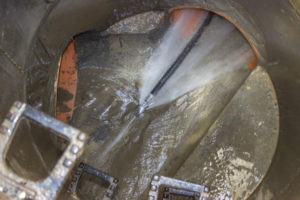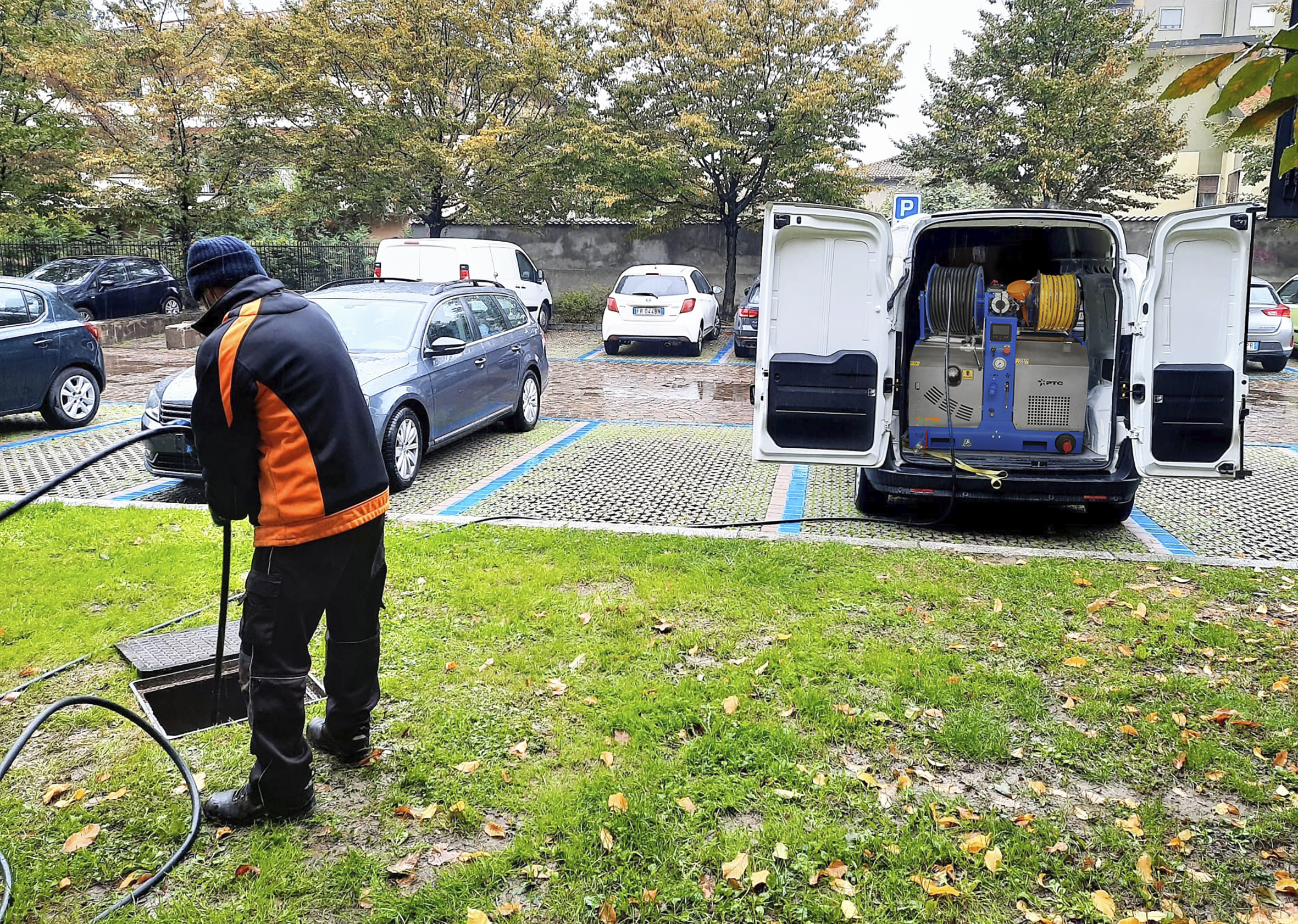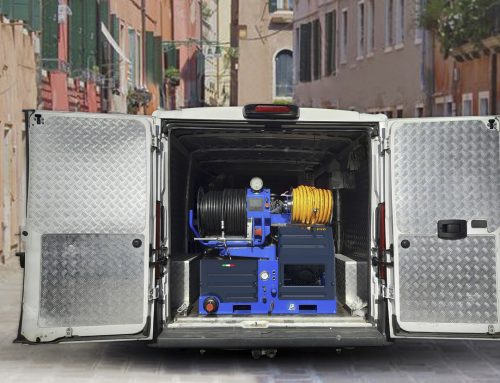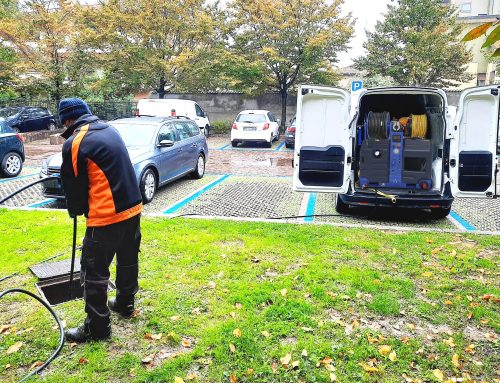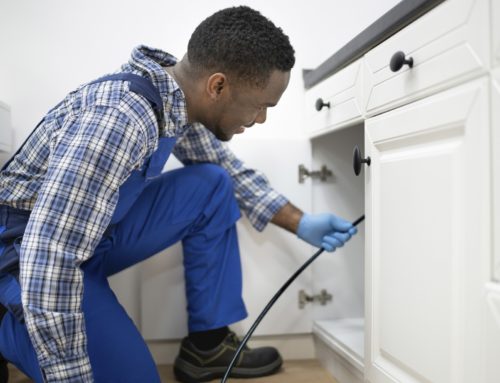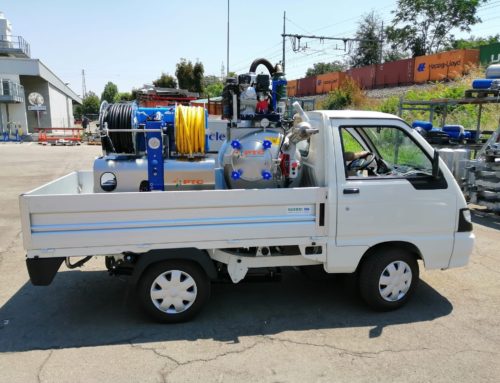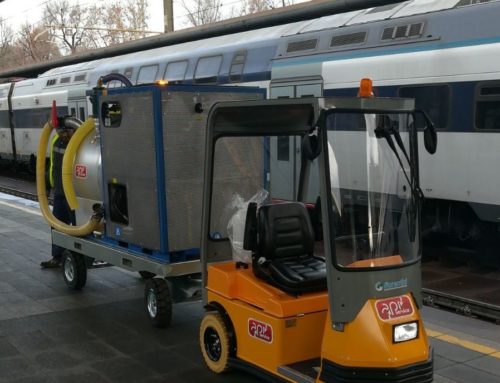Proper maintenance is essential to allow the sewer system to function optimally, to avoid blockages or, even worse, breakages with unpleasant and harmful consequences.
In this article we will see how to carry out the correct maintenance of sewers and what are the best equipment for washing pipes.
Ordinary maintenance of the sewer network
The maintenance of the sewerage network is divided into ordinary and extraordinary, depending on the frequency and the need for intervention: the first, in fact, must be done periodically and more frequently, while the second is carried out only in the case of more important problems.
Ordinary maintenance of the sewer system is very important as it allows the sewers to always work at their best: by periodically checking the conditions of the sewage pipes, we will also avoid the causes of the problems that would then require extraordinary repairs. .
Specifically, it is necessary to check that no debris accumulates in the pipes that could cause occlusions, as well as checking the general condition of the pipes, the tightness of the fittings and the presence of stagnation in certain sections.
If the checks reveal problems, we will have to unclog the pipes, clean the pipes, and eliminate residues, encrustations and sediments. Let’s see, then, what are the most suitable tools for cleaning sewer pipes.
The good rules for maintenance of sewer pipes
As common sense teaches, the first rule for proper cleaning is not to get too dirty.
The sewer system of some houses, especially for condominiums or isolated residences, is equipped with a septic tank that contains solid waste and, at the same time, releases liquid waste and sewage into the city network. In other cases, however, there is the so-called cesspool: a large underground container where black water is accumulated, to be emptied periodically.
In both cases, to avoid problems with the pipes and the containers themselves, some precautions must be observed, avoiding the use of certain substances that can favor the formation of blockages.
- do not throw solid waste such as napkins, diapers, sanitary napkins and heavy paper down the drain;
- do not throw paints, thinners, toxic materials in general, oils and greasy substances that tend to solidify along the pipes;
- do not throw food residues into the kitchen sinks.
If these recommendations are not respected, the sewer can be blocked and the plumbing system can produce unpleasant odors: in this case it is necessary to clean septic tanks or cesspools. Sometimes it is possible to proceed independently, while very often it is necessary to turn to professionals in the cleaning of sewer pipes.
How to clean the sewer pipe
Before proceeding autonomously with the cleaning of sewer pipes, cesspools or septic tanks, it is good to know that it is not a job suitable for the faint of stomach, and that you must be prepared for unpleasant smells and views: therefore, equip yourself with a mask, latex gloves resistant, protective goggles, caustic soda and flexible for unclogging.
For the proper functioning of cesspools and septic tanks, it is necessary to monitor thoroughly and very frequently, often emptying the cesspools, checking the liquid present and avoiding overloading due to rainwater or other external substances.
In case of blockages it will be necessary to unblock pipes and unclog the sewers. Once you have found the main cesspool you will have to eliminate the waste present with a shovel, until you can identify the holes of the different drains. When the well is less than 10 meters away from the house, a hose can be used to manually unblock the sewers. When cleaning has been completed, try unloading to check efficiency, pour caustic soda into the sanitary ware, leave it to act for a few hours and finally close the well.
The separation of the sewer pipes
In addition of being “not very clean”, the drainage operations can be more complicated than you think: for this reason it is always better to rely on a professional equipped with the best equipment for washing and cleaning the sewer pipes.
Among these are the compact sewer jetting machines, used for:
- unblocking pipes
- cleaning drains
- cleaning sewer pipes
- drain unblocking
- removal of wells
- cleaning surfaces
The cleaning units work with an high pressure water jet (called hydrojet) thanks to which the accumulations of debris are removed, the sewers are unclogged and the most stubborn material blocks are eliminated. The high-pressure water jet is effective because the cleaning of the pipes is performed with a nozzle designed for cleaning sewers. The high level of water pressure has a dual function: on one hand it completely removes blocking debris and on the other it cleans the surfaces of the pipeline, so that the water system can be restored.
The very high pressure shut-off units are used when there is the need to drain or wash pipes with very small diameters (for example drains from sinks or showers), up to pipes of large diameters (such as municipal drains or road crossings).
One of the main features of the small sewer cleaning units is that they use only water and the use of chemicals is not required to function. This makes them a safe cleaning method for the operator and extremely respectful for the environment.
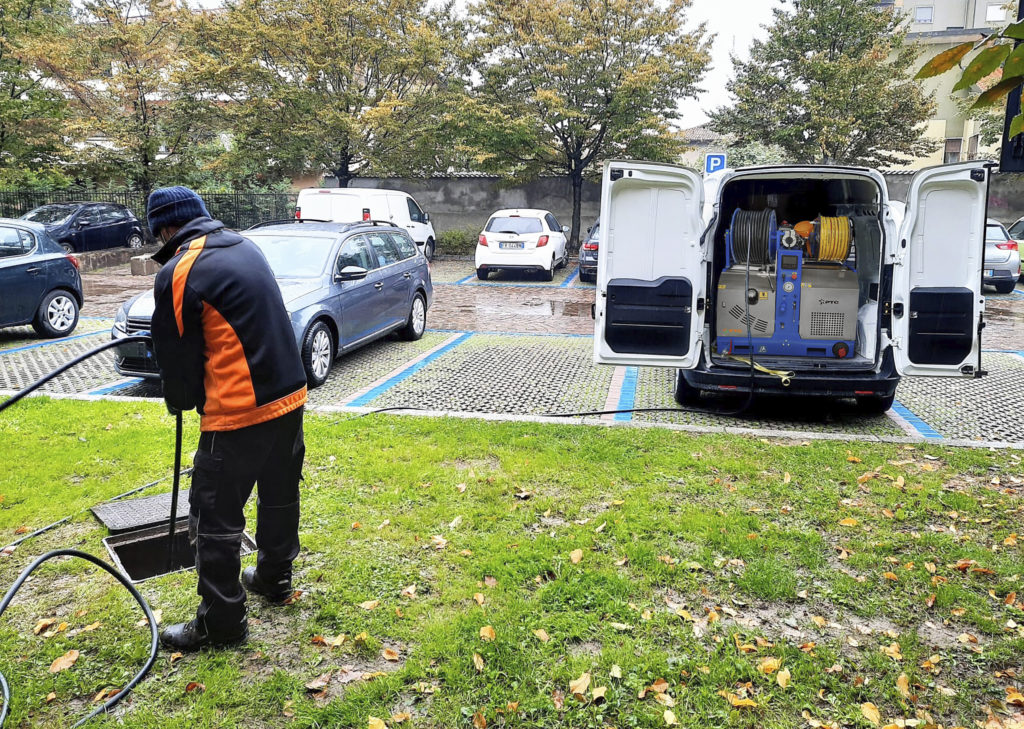
The PTC sewer cleaning units can be divided into 3 categories:
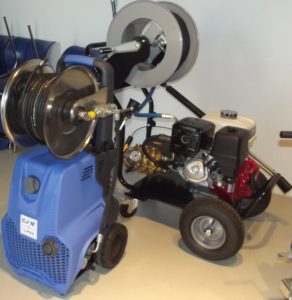
Portable Unit: with electric or petrol engine. The characteristic of this type of product is the simplicity of use and the ease with which it can be moved (even inside homes).
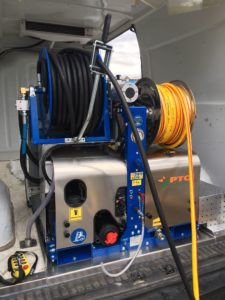
Built-in units: they are autonomous machines designed to be set up on vans, or small trucks. The engine can be powered by petrol or diesel.

Trailer units: these are units on professional trailers with petrol or diesel engines.
These particular machines have simple and intuitive control systems and allow operators in the sector to work in small spaces, even where the purge / canaljet vehicles have access difficulties, for example: historic centers, pedestrian areas, narrow streets or underpasses.
Using this type of sewer cleaning units for interventions on sewer pipes means for technicians to perform rapid, decisive and cost-effective interventions.
